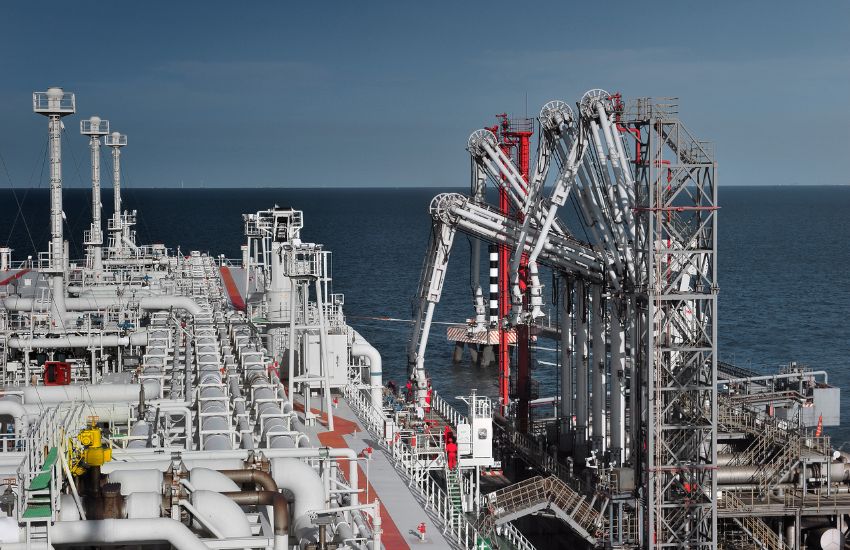Tanker Ship/Shore Interface: What Are The Challenges?
As the logistics manager of an oil and petrochemical major earlier in my career, I was responsible for chartering parcel tankers and contracting tank terminals. With health & safety being my top priority, it was critical to focus on the risk associated with product transportation and transfer. The ship/shore interface supported by an efficient vessel clearing process is one of the requirements to arrange a safe transfer of cargoes between tanker ships and terminals.
This article is written by Rudi Stalmans and featured in the 2022 spring edition of Tank News International. The title of the article in the Magazine is “Vessel Clearance Process Automation”.
If we follow best practices, fixing a tanker ship requires vetting approval for a voyage, while the tank terminal should be subject to a detailed safety risk assessment. On top of this, it is crucial to monitor the ship/shore interface covering berthing, loading, and unloading. In the end, the decision to charter a tanker depends partly on the ship/shore compatibility.
Loading and unloading a ship is a typical routine task described in an operating procedure and is often associated with a checklist describing the steps to follow. The Ship/Shore Safety Checklist has been developed to efficiently communicate individual and joint responsibilities between ship and terminal, before arrival, and alongside.
Before arrival and upon receipt of a nomination, the terminal needs to perform a vessel clearance by matching the terminal characteristics with the vessel characteristics to determine ship/ shore compatibility. That is a safety-critical process that needs to be executed quickly and with great care. Most shore personnel are doing this process manually, often using a simple excel sheet and copy/paste function.
Ship/shore interface challenges
The ship/shore interface can involve tankers loading and discharging at regularly or irregularly visited shore terminals. Especially in the spot market, vessels need to sail to terminals they have never called. That comes together with an increased risk for tanker owners. Similarly, each terminal now handles more tankers of different types and sizes than ever before. That indicates that the coordination between vessel owners and tank terminals is of great importance.
Misunderstandings arising from miscommunication and cultural differences are another big challenge. Imagine the impact of potential differences in safety culture and approach to the safety case. While ships that trade internationally use English on board, shore personnel of the terminal may only master the local language.
What would happen if the vessel particulars are in English only, but the terminal operator reviewing the ship/shore data only masters Spanish or Korean? This language barrier slows down the vessel clearance process and increases the risk of human errors and safety incidents. Shore personnel can expect more challenges if they use an excel spreadsheet to compare ship/ shore data. In other words, manual vessel clearing is risky, time-consuming, stressful, and user-unfriendly. Another risk in the manual vessel clearance process is to use of outdated vessel information.
Technology and automation to the rescue
Terminals need to look at automation and technology to improve the ship/shore interface. Automation and technology have the power to improve both productivity and safety performance. As we become more familiar with their benefits, we will view them as an advantage to support various tasks. But what process could reduce the ship/shore challenges described above, reduce language barriers, and improve speed and safety performance?
Before I introduce a great solution, let’s list some of the overall benefits of technology and automation.
1. Reduce human errors – Human errors happen, but they can be reduced dramatically or eliminated.
2. Realize better data quality – Businesses can perform more efficient operations, which results in more accurate and quality data.
3. Lower labor costs – While there are some initial setup costs, businesses can realize a significant reduction in labor costs.
4. Reorganize and integrate – Businesses can free up time, make better use of resources, and integrate various functions.
5. Increase productivity – Tasks can be performed faster with less error, drastically improving productivity.
Continue to read part 2 of this article – “Tanker Vessel Clearance Process Automation In One Step“.
Photo Credit: Canva

